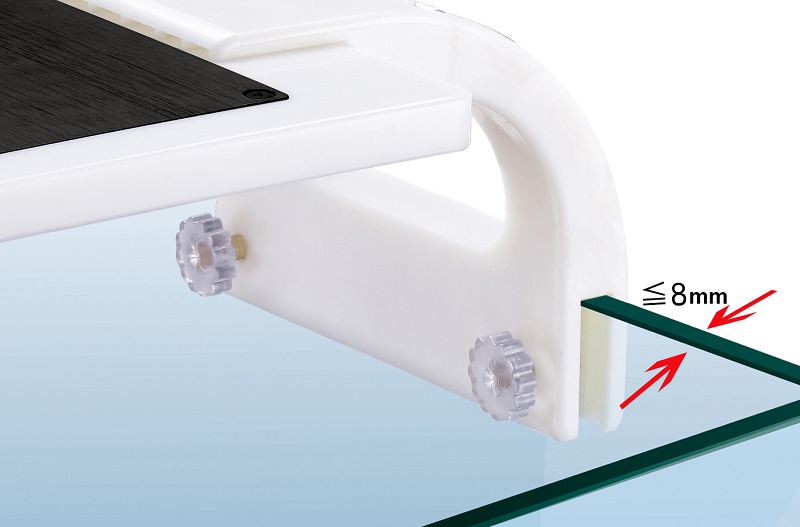Time:2023.08.18Browse:
Water leakage fault
The cooling water added by the operator to the cooling water radiator is seawater, causing damage to the internal waterways and external interfaces of the diesel engine. Therefore, when using a diesel engine, it is necessary to strictly follow the various regulations of the diesel engine for operation.

The antifreeze and corrosion resistance added to the water supply radiator by the operator was strong, resulting in damage to the diesel engine water channel components.
3. The sealing ring is worn or aged, causing the sealing surface to fail to seal and resulting in water leakage.
Troubleshooting
1. Disassemble the damaged components in the diesel engine, rinse the water radiator and internal waterways with fresh water, and replace the damaged diesel engine components.
After assembly, adjustment, and testing, it was found that the diesel engine returned to normal, and the fault was immediately resolved.
Water pollution
The methods of mixing fuel with water include injection of water into the intake pipe and emulsification of diesel fuel.
1. Intake pipe spray water
The main function of the intake pipe spray is to absorb heat and dilute fuel density. When a small amount of water enters the combustion chamber and atomizes well, the "micro explosion" effect of water vapor causes the oil droplets to break into smaller ones, thereby promoting the formation and combustion of the mixture. During the combustion process, due to the heat absorption effect of water, the maximum combustion temperature can be reduced. For example, mixing water with oil can reduce fuel density, further reducing the maximum combustion temperature, and thus reducing NOx emissions. It should be noted that the winter water storage tank needs to be antifreeze and requires automatic adjustment of water spray volume according to the load size.
2. Emulsified diesel fuel
Adding water to diesel, also known as emulsified diesel, due to its "explosive" effect, results in good fuel atomization, which promotes strong turbulence in the air inside the combustion chamber, making the distribution of fuel and air more uniform, and reducing the generation of soot. The water gas reaction of water vapor also reduces soot emissions. In addition, emulsified diesel can reduce the maximum combustion temperature, thus reducing the amount of NOx generated.